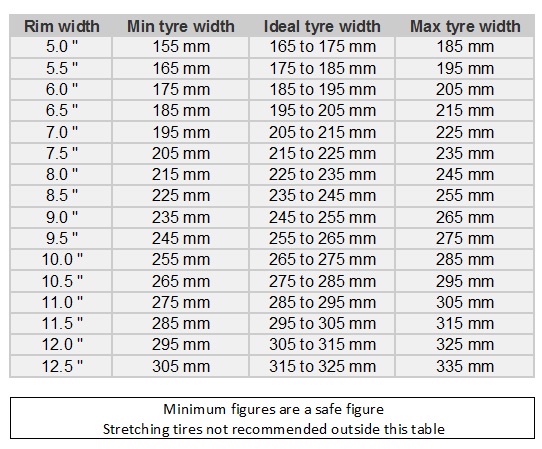If you use a calculator like the one on
www.willtheyfit.com and input details of wheel width, diameter and offset, together with tyre size details, it’ll calculate the critical differences (e.g. differences in wheel tuck and poke, speedo reading errors) between your existing wheel / tyre set up and any new set up you’re considering. Offset is an important factor when considering new alloys - too aggressive an offset and you could experience tyre rubbing issues.
If you put your vehicle details into reputable wheel retailer websites such as Rimstyle and Wheelbase Alloys, they should only show you alloys that are suitable for a mk7.5 Golf GTI, which ought to mean you shouldn’t have any fitment issues with the alloys they show you for your car.
Reputable alloy wheel retailers also usually supply a fitting kit that includes;
- new wheel bolts if required. Most aftermarket alloys use tapered seat bolts whereas VW OEM alloys use radius seat bolts, and it’s really important to use the correct bolts for safety reasons, as you’re relying on the bolts to keep the wheels on the car! Note that replacement wheel bolts in the fitting kit are unlikely to include locking bolts, so you’d need to buy these in addition.
- spigot rings if required; i.e. if the centre bore of the aftermarket alloys is larger than the OEM centre bore size of 57.1. The spigot rings fit inside the centre bore hole of the new alloys to make it easier to align and mount the wheels on the car’s hub assemblies. If spigot rings are required but not fitted, then you could experience vibration or wheel wobble.
Bear in mind that VW’s centre caps don’t fit all aftermarket alloys, so if having a set of VW centre caps is important to you, you would either need to source a set of the appropriate size, or purchase a set of self adhesive VW emblems that could be attached to the centre caps supplied with the new alloys.
The table below shows the min, max and ideal tyre widths for different wheel widths. Based on the table contents, a 225/35 R19 would be OK on an 8.5J alloy but if the tyres don’t have particularly good rim protection, there’s an increased risk of kerb damage when parallel parking. If you were to go wider than your existing 225/35 R19 tyres, the sidewall height will increase, resulting in the overall diameter and circumference of the new wheel tyre being larger than OEM which will result in your speedo reading incorrectly.
Remember that fitting different alloys to your car is a modification for insurance purposes, so you’d need to inform your insurance company.
